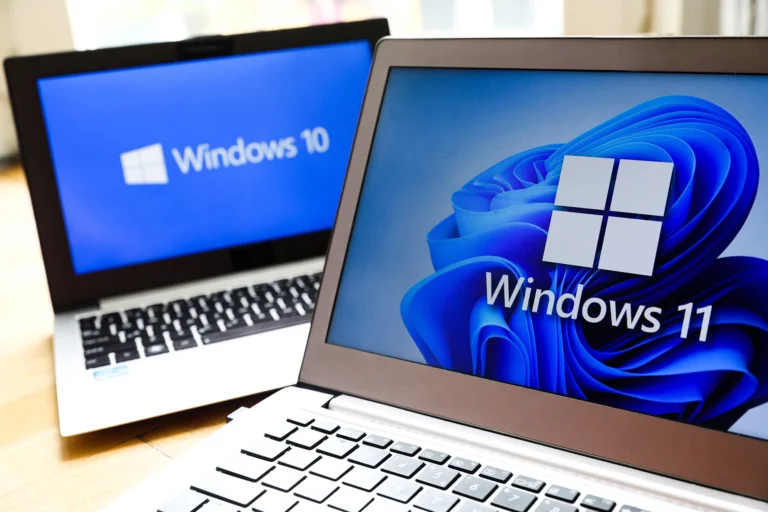
Today, we delve into the Mac OS vs. Microsoft Windows battle to help you make an informed decision
based on your needs and preferences.
User Interface and Design:
In contrast, Windows offers a more customizable experience, allowing users to personalize their desktops and explore a vast array of software options to suit their preferences.
Software Compatibility and Availability:
When it comes to software compatibility and availability, both Mac OS and Windows have their strengths. Mac OS boasts excellent integration with Apple’s ecosystem, ensuring smooth connectivity between
various Apple devices. Additionally, it excels in creative and media-related software, with a wide range of powerful tools favored by designers, musicians, and video editors.
On the other hand, Windows is the dominant platform for gaming, offering a vast library of games and compatibility with a broader range of third-party software.
Performance and Stability:
Mac OS is known for its stability and optimized performance due to its close integration with Apple’s hardware. Macs are designed to work seamlessly with the operating system, resulting in a reliable and efficient user experience.
Windows, being a more open platform, runs on a wide range of hardware configurations, which can impact performance and stability to some extent. However, recent iterations of Windows have made significant strides in stability and performance improvements.
Security and Privacy:
Security is a crucial aspect of any operating system. Historically, Mac OS has been considered more secure due to its lower susceptibility to malware and viruses. This is partly due to its smaller market share compared to Windows, making it a less attractive target for cybercriminals.
However, Windows has made significant advancements in recent years, implementing robust security features, regular updates, and built-in antivirus protection to enhance user security and privacy.
Ecosystem and Integration:
For individuals invested in a specific ecosystem, such a Apple’s ecosystem, Mac OS provides seamless integration with other Apple devices. From syncing messages and photos to accessing files across different devices, the Apple ecosystem offers a unified experience.
Windows, on the other hand, provides more flexibility in terms of compatibility with a wide range of
devices and services, making it a preferred choice for users with diverse hardware requirements.
Choosing between Mac OS and Microsoft Windows ultimately depends on your specific needs, preferences, and the ecosystem you’re invested in. Mac OS offers a visually stunning and user-friendly experience with strong integration within the Apple ecosystem, making it ideal for creatives and those
seeking a seamless user experience.
Windows, on the other hand, provides a versatile platform with vast software compatibility and customization options, making it appealing for gamers and users with diverse hardware needs. Consider factors such as user interface, software availability, performance, security, and ecosystem integration to make an informed decision.
Ultimately, both Mac OS and Microsoft Windows have their strengths and loyal user bases, so it’s essential to choose the one that aligns best with your individual requirements and enhances your overall computing experience.























.jpg)





















.jpg)





































